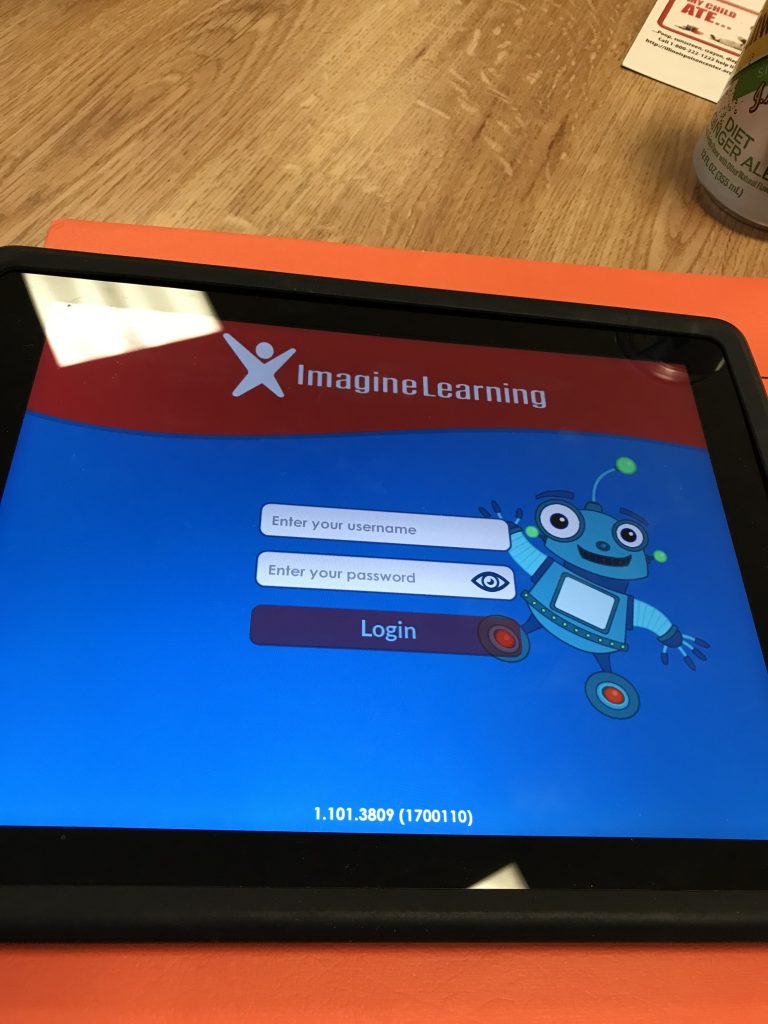As of 2017, the National Center for Education Statistics reported the percentage of persons 3 to 18 with no home internet access by race: white 16.5%, black 24.0%, Hispanic 21.4%, Asian 14.5%, Pacific Island 15.4%, American Indian/Alaskan Native 35.8%, and Two or more races 11.9%. During COVID-19’s time of remote and blended learning, that lack of access guaranteed the racial achievement gap would widen.

In the end, it’s all about time. How long to get and issue new laptops to students who never had access to home devices before? HOW to teach students to use the new technology when they are not in school to watch and learn? How many days will be required to teach students to use the new technology? What about the damn internet connection? Lack of connectivity dogged many areas, and photos began turning up of students working in fast food parking lots.
The process of getting technology into student hands jammed early on. Suddenly, many districts wanted new technology all at once, some of it sourced from overseas. Principals sat waiting for laptops that had been promised but were delayed.
From First toilet paper, then yeast. Now laptops are hard to find – CNN: “But with districts across the country all placing big device orders around the same time — and with many universities and companies also reliant on remote work — the unprecedented demand for laptops has strained supply chains. As a result, schools and families are dealing with shipping delays, limited selections and higher-than-usual technology costs.”
Eduhonesty: You don’t need a weatherman to see how this particular wind blew. Schools that were already 1:1, with each student possessing that laptop or notebook, were able to start remote learning immediately. Their students already knew how to use that technology. Technology was in the background, not the foreground.
A question too often ignored about our many remote start-ups: What were the opportunity costs of teaching technology — that is, what were students not learning while catching up on urgent new technology requirements? Almost all US students had around 180 days, but only some students had to learn how to use new laptops. While those students were learning their tech, what curriculum items had to be sacrificed?
This short post discusses a topic that’s received regular attention since early in the pandemic, but that attention has often focused on poor vs. financially comfortable schools. I thought I’d make a connection that’s sometimes lacking. That loss of learning that has resulted from COVID-19?
It’s steeped in racism, whether intentional or not.
Jocelyn Turner
